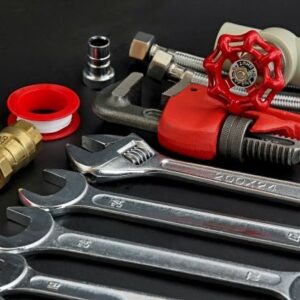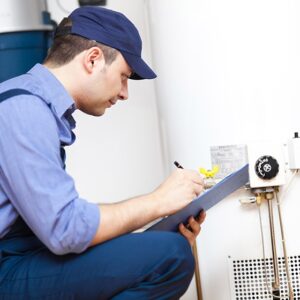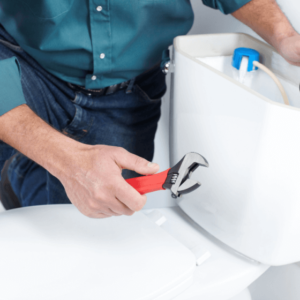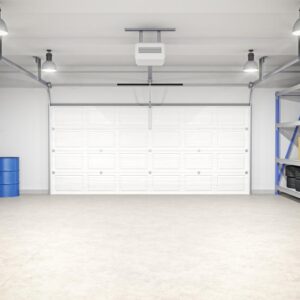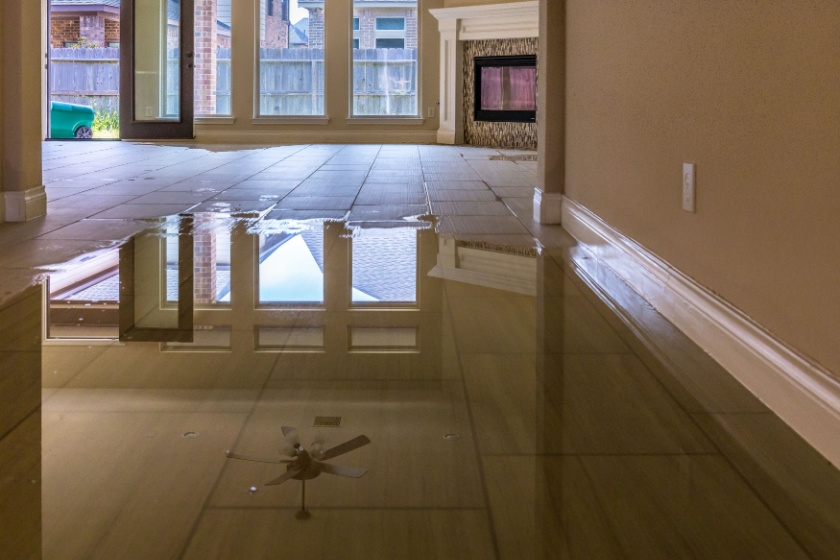Excessive rain and flooding create a nightmare situation for homeowners. In addition to wreaking havoc on personal belongings, floods can weaken the structure of a house. Also, water damage often leads to mold if you don’t properly clean the the interior and exterior of your home. Unfortunately, floods can occur without any warnings, leaving behind a path of destruction. If you need to clean up after a flood, here is a complete guide to water damage restoration.
What to Instantly Do When a Place Starts Flooding
There are several types of floods. Some flooding is contained in a small area of the home, usually caused by water overflow or damaged piping in the house. However, inclement weather can be the source of devastating flooding, and you need to be prepared for those incidents. Rushing water is a nightmare scenario for any homeowner. You want to get to higher ground and have an escape route to evacuate safely. Always outline a safety plan in case of an emergency.
Not all floods are catastrophic or cause widespread damage. A burst pipe or overflow of a toilet will flood a low-lying area, like the basement or crawl space. When the waters creep up, grab a few belongings and evacuate the affected space. It is never safe to spend time in a flooded house. Remember that most appliances are powered by electricity. Water can conduct electricity, possibly leaving you vulnerable to electrocution if you wade through the standing water. Before you go, try to shut off the water and electricity at the main boxes in your home.
After the water has receded, you will want to check out the amount of damage in your home. Prepare yourself for the worst. Flooding can cause damage to everything. While the aftermath of a flood can be devastating, you can take steps to minimize the effects of the damage.
Safety Warnings
The first priority is always safety. Yes, you will want to start cleaning the home, but you must protect yourself from any hazards. Flood water is filled with bacteria from sewage and other contaminants. You should never walk in those waters without some protection. You will want to wear personal protective gear while working in flooded areas, such as rubber boots, gloves, and N95 masks.
Remember that flood waters can cause a significant amount of damage to the structure of your home. Always check to make sure the area is safe and not at risk of collapse. You need to check the foundation for signs of cracks or weakening. If you are unsure of the condition of the room or building, do not enter it. Water damage can cause hidden damage to the structure of the building.
However, you can inspect the flood damage if the structure is secure. Take time to examine the windows, floors, and walls. Before flipping on the lights, have an electrician thoroughly examine the electrical system. Always wash your hands with soap and water during and after cleaning up. Anything you touch in the flood area could be potentially contaminated with bacteria.

How to Clean Up After a Flood
Cleaning up after a flood may seem like a never-ending process. While some homeowners will hire a professional team, you can also clean up water damage yourself. You need to do a few things to restore your home after flood damage.
Take Action Quickly
If you work fast, you may be able to salvage some items from mold and mildew damage. Typically, it can take anywhere from 24 to 72 hours for a house or room to dry out after flooding. The drying time will depend on the affected area’s size and the extent of the flooding. While you could wait for the interior to dry naturally, you will probably lose belongings and items to mold and mildew.
In most cases, if you dry out items within 48 hours, you could spare them from mold. You will want to get the air moving around your house. Make sure to open up all doors and windows. Along with that, you need to keep closets and cabinet doors open. For personal belongings, such as furniture, rugs, and clothing, get these items outside and into the sun to dry them. If your basement has been affected by flood water, you will need to sanitize and clean the entire area, including mopping walls, floors, and other spaces.
Pump Out All the Water
You never want to leave standing water in the home. The longer it stays in the room or house, the more damage you will have to repair. Weather-related flood waters will usually recede on their own. If you have damage from a burst pipe, you need to get that water out of the space. You can use a pail and manually remove the water, but that is not the most efficient option, especially if the water is contained in a large room. Consider using a water pump to vacuum up the water and get it out of your home. There are several types of water pumps for your home.
Sump Pump
If you have a basement, you might already have a sump pump. This type of pump will remove water that has accumulated in the sump basin found in the basement. Sump pumps are often the first line of defense to remove water from a crawl space or basement. If the electricity is off, sump pumps can operate from a battery. Sump pumps can help to prevent flooding in low-lying areas, but you may need help from other types of pumps.
Liquid Transfer Pump
The liquid transfer pump might also be called a utility pump. You can use them for the purpose of moving water from one area to another. These pumps effectively remove water in those flood-damaged areas, leaving behind minimal mess.
Use a Wet/Dry Vacuum
After the water is removed, you must remove any remaining moisture from furniture, floors, and other items. A wet/dry vacuum can suck up any remaining water and help your belongings dry faster. Plus, when the water is removed, you can prevent mold development. You have only a few days to stop mold and mildew from ruining your personal belongings.
Vacmaster VBV1010PF
If you want a 2-in-1 product, consider purchasing the Vacmaster. You can easily switch between a wet or dry vacuum with the push of a button. The vacuum can remove up to 10 gallons of water, making it a great option when you need to tackle flood clean-up projects.
Vacmaster Beast Series
For larger jobs, think about Vacmaster’s Professional Beast Series. The wet/dry vacuum holds 16 gallons and is designed to tackle the most challenging jobs. With its 6.5-horsepower motor, it can clean up those big messes.
Consider Getting a Portable Air Mover
Getting the air to circulate is vital to the success of your water damage clean-up project. A portable air mover will take stale air and move it around your home, making the flooded spaces dry out quickly. Circulating air helps prevent mold from growing on your ceilings, floors, and walls.
Vacmaster Portable Air Mover
If you want a lightweight but powerful option, consider the portable air mover from Vacmaster. The quiet motor offers three drying positions to help you get the best cleaning for your home. You can use this unit to dry walls, carpets, ceilings, and floors.
Hopefully, you will never have to experience a flood, but if you do, there is help. Find a store near you to get all of the supplies you need for cleaning up after a flood.

